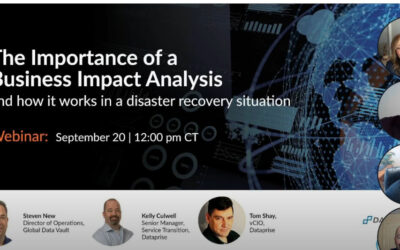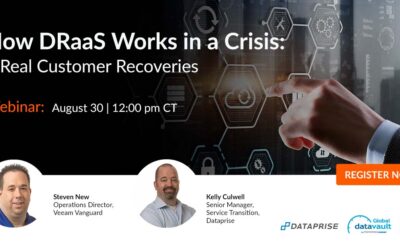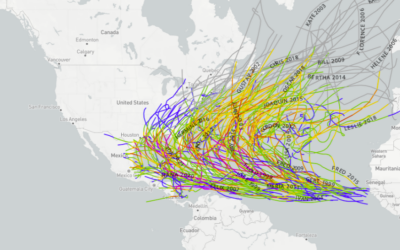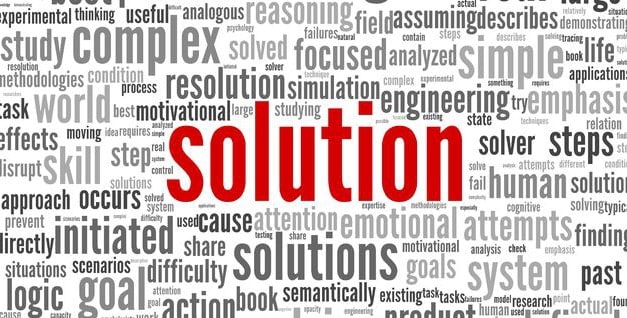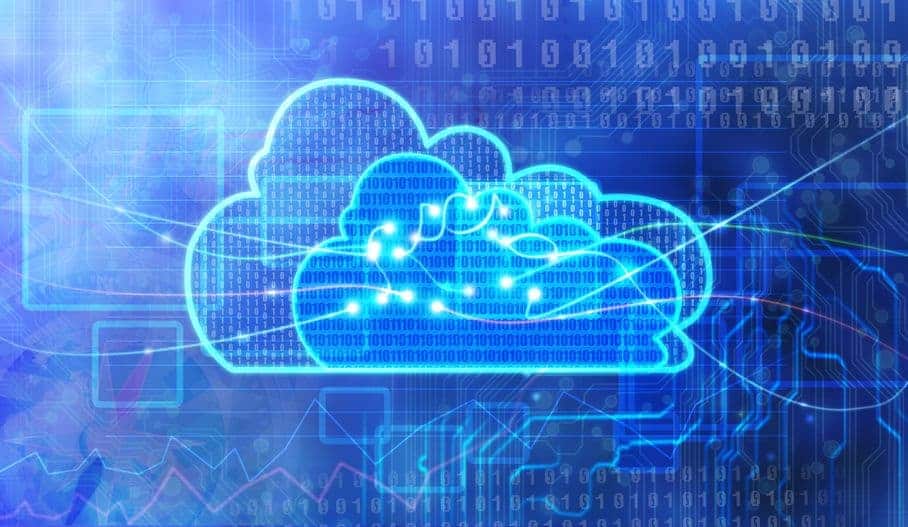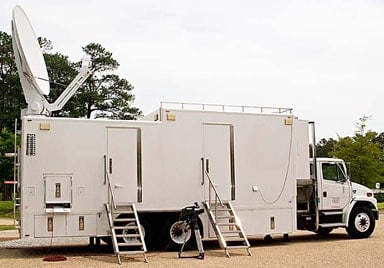The following is a lightly edited transcript of our September 2022 webinar on the importance of Business Impact Analysis. The speakers are: Kelly Culwell, Senior Manager, Service Transition, Dataprise Steven New, Director of Operations, Dataprise Tom Shay, vCIO,...
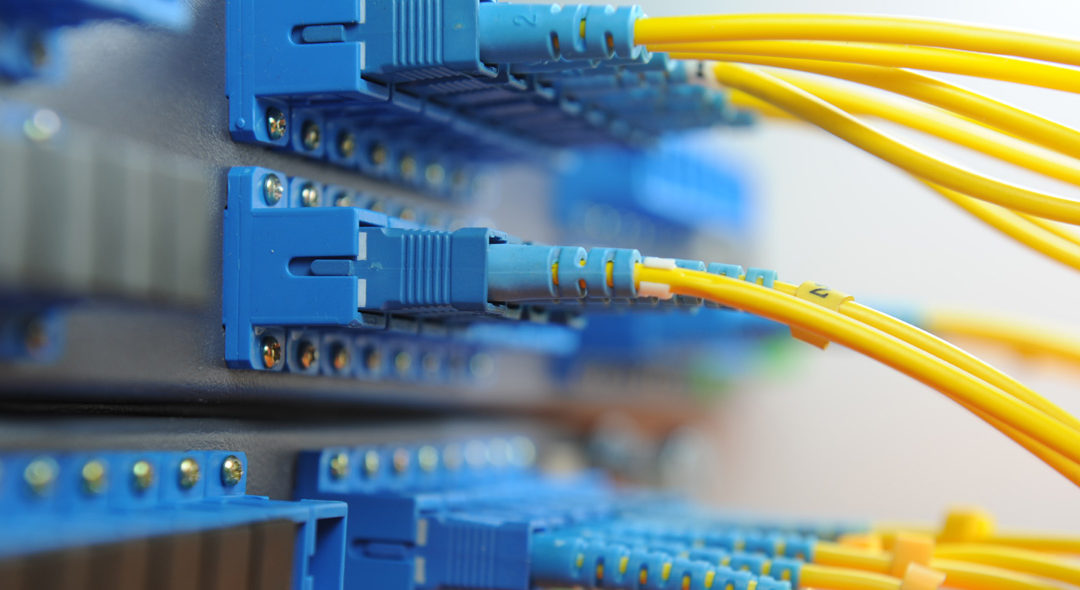
What is Cloud Disaster Recovery (CDR)?
Your server goes down. Your network won’t work. Or worse…your office suffers a fire, flood, or other natural or man-made catastrophe. Whatever the case, you need to have a disaster recovery plan ready to protect your data as well as your overall business. Cloud Disaster Recovery can be part of that plan.
Often shortened to DR, disaster recovery is a plan put into place if a disaster hits. Cloud DR refers to that component in your disaster recovery plan which involves the use of a cloud environment.
The Cloud Component
The cloud component of a disaster recovery plan can involve various strategies that use a cloud environment.
- Online or Cloud Backup: Using an online backup system lets you store copies of your data in an offsite data storage environment at regular intervals. Choose which workstations and servers you want protected, perform an initial data load, and then use only incremental backups to keep your data current and secure.
- Disaster Recovery Failover: Disaster recovery failover provides a cloud-based environment that is a complete rebuild of your infrastructure. It sits ready if you should lose access to your primary IT infrastructure.
Benefits of Cloud DR
Using a cloud environment in your disaster recovery plan comes with a number of critical benefits:
- Speed, with instant restore capabilities
- Security, with an off-site, protected environment
- Scalability, with the ability to grow your cloud solution right along with your business
- Compatibility, with the ability to work with a number of different servers and systems
Another benefit of cloud DR is the overall low cost, especially when compared to other DR strategies. Cloud DR can be used in combination with other techniques to fully fortify your company and keep your data safe.
More Disaster Recovery articles:
Webinar: The Importance of a Business Impact Analysis
Why RPO and RTO are so important to effective disaster recovery
Business continuity is at the forefront of most IT departments. Between human error and hardware failure, no environment is completely free of risk. And with 236.1 million ransomware attacks worldwide during the first half of 2022, odds are that your organization will...
Webinar: How DRaaS Works in a Crisis
This cybersecurity webinar looks at why Microsoft 365 backup is critical and 7 ways doing so will save you time, money, and stress.
Is your company in hurricane territory? Do these things to protect your data
For much of the country, there are six months of the year where businesses are at risk of the damaging effects of a hurricane. The Atlantic hurricane season for 2022 runs from June 1 until November 30th and while so far it’s been a relatively quiet season, earlier...
